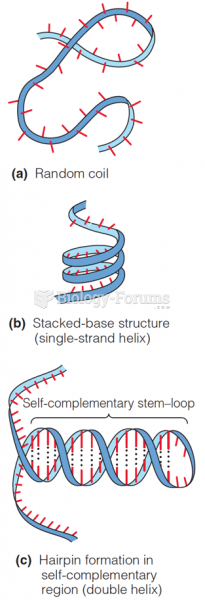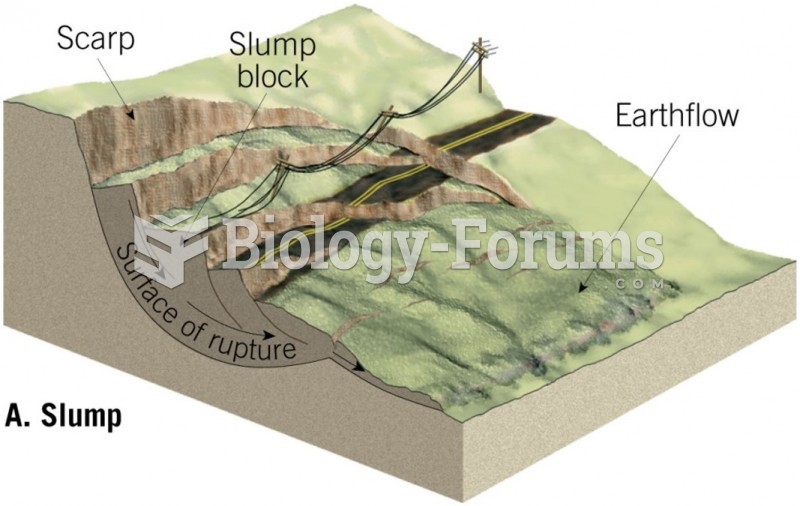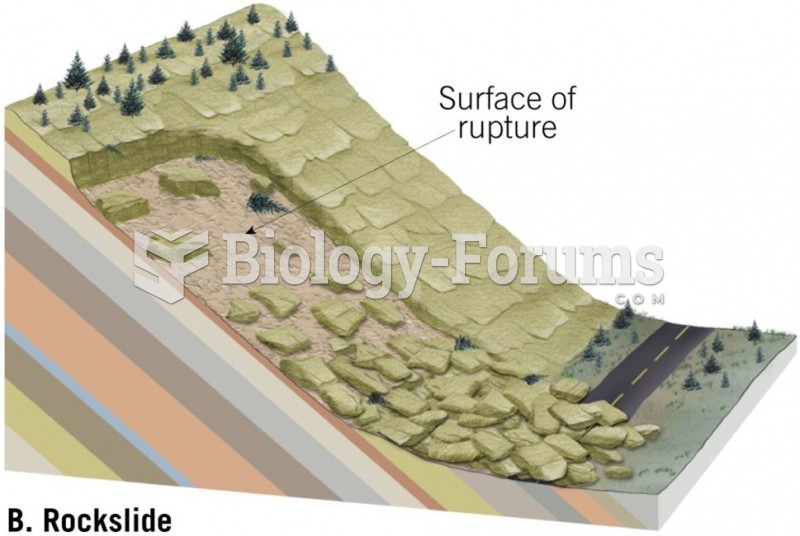|
|
|
Asthma occurs in one in 11 children and in one in 12 adults. African Americans and Latinos have a higher risk for developing asthma than other groups.
Inotropic therapy does not have a role in the treatment of most heart failure patients. These drugs can make patients feel and function better but usually do not lengthen the predicted length of their lives.
All adverse reactions are commonly charted in red ink in the patient's record and usually are noted on the front of the chart. Failure to follow correct documentation procedures may result in malpractice lawsuits.
Urine turns bright yellow if larger than normal amounts of certain substances are consumed; one of these substances is asparagus.
Multiple experimental evidences have confirmed that at the molecular level, cancer is caused by lesions in cellular DNA.







